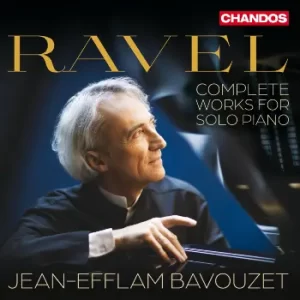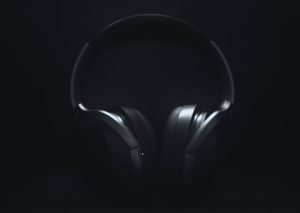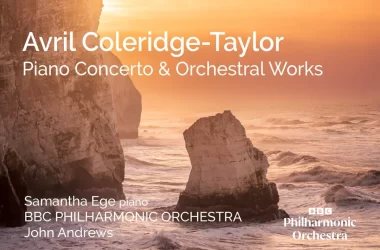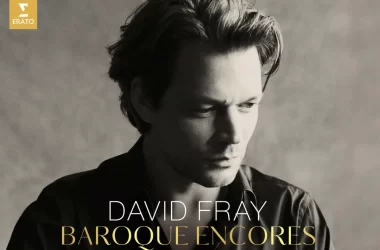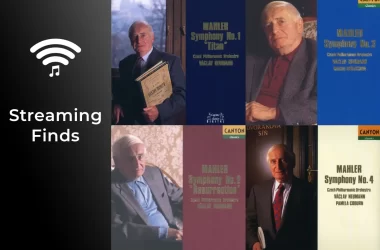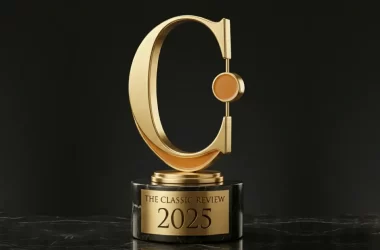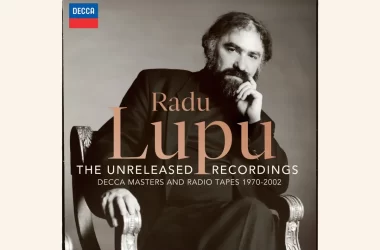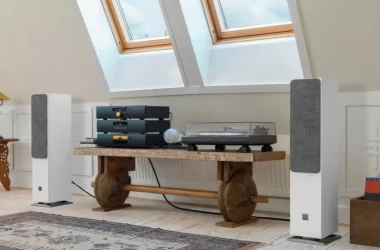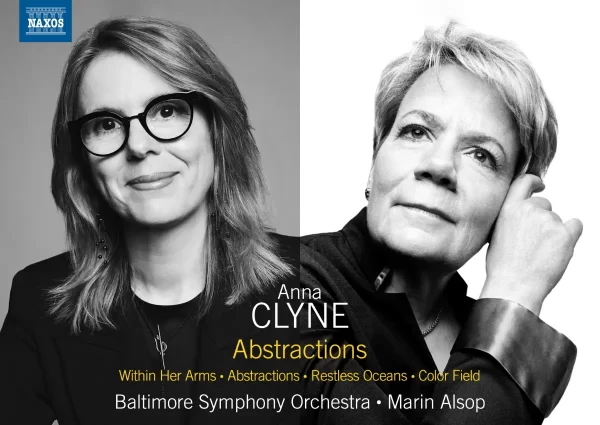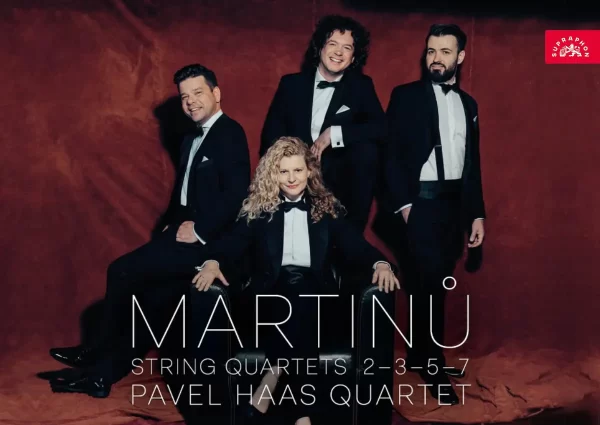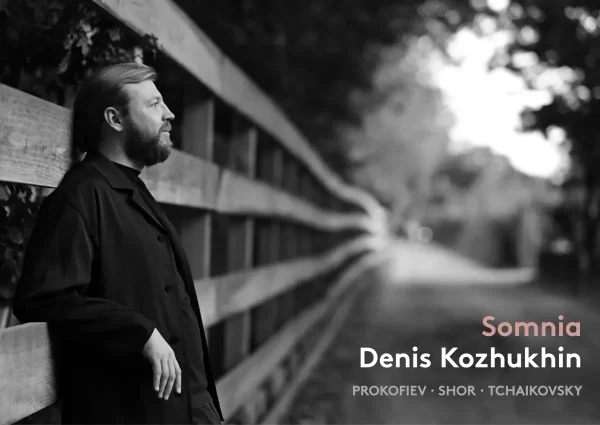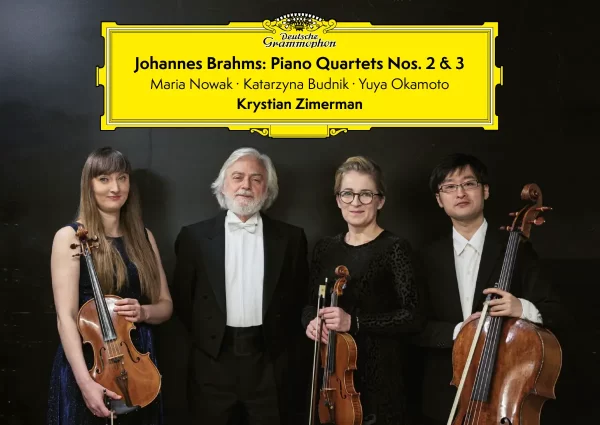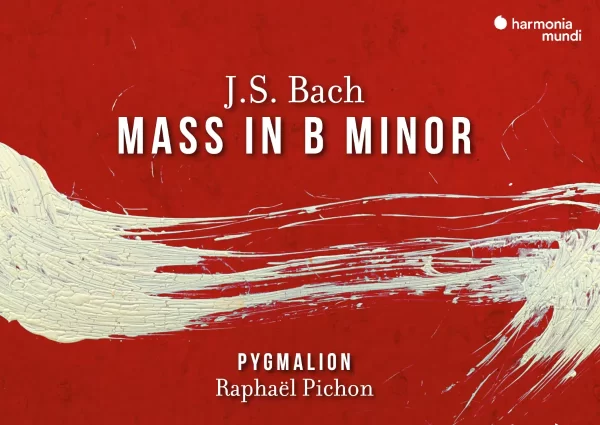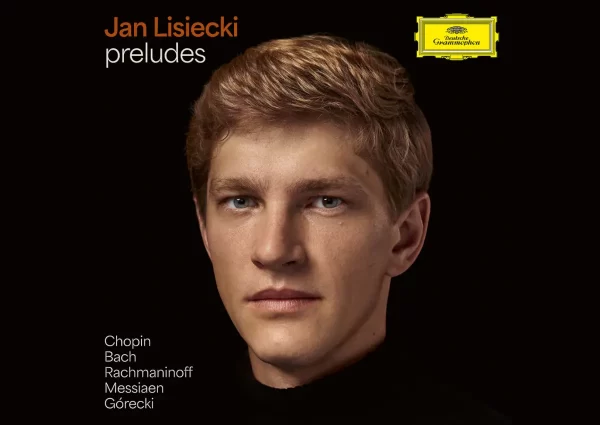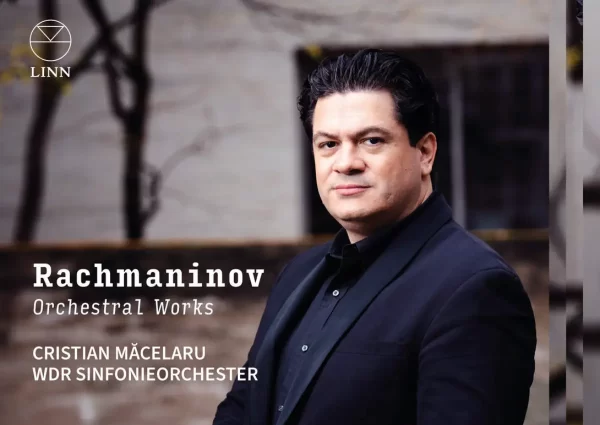Fortunately, we are incredibly well-served with offerings for Ravel’s complete piano music. The composer’s entire piano output fits neatly onto two CDs and has been performed by many exceptional pianists, particularly in the 2000s. Distinguished sets by Chamayou, Tharaud, Hewitt, Osborne, and recent interpretations by Cho and Poizat, complement classic performances by Gieseking, François, Thibaudet, and Lortie, along with numerous notable recordings of selected works.
Jean-Efflam Bavouzet also faces the challenge of comparison with his earlier self, having previously recorded Ravel’s complete piano works for MDG in the early 2000s. Although his interpretive approach remains consistent, the earlier set was notable for its fascinating choice of a historical instrument—a 1901 Steinway.
The choice of instrument is not trivial. Ravel presents a particular case where a combination of qualities needs to coexist for a memorable recording: a pianist with world-class technique, a sensitive ear for tone coloring (also requiring sophisticated pedal work), and the ability to roar as well as charm listeners, often within the same piece. All these qualities need to be captured on an instrument capable of facilitating them.
This time, Bavouzet has selected two Yamaha CFX Concert Grand pianos, instruments with significant power and clarity, preserving transparency even in dense textures. The two recording sessions took place at Potton Hall in Dunwich, Suffolk, over four days each, separated by one year (in 2023 and 2024). The recordings capture the instruments’ timbral qualities and dynamic range effectively, although the microphone placement, intended to replicate a concert-hall perspective, might take some getting used to for listeners accustomed to more closely recorded piano sound, as heard—though not always successfully—in Seong-Jin Cho’s recent cycle.
In her review of Cho’s set, my colleague Azusa Ueno criticized the overly extroverted character of the opening of Gaspard de la Nuit. In comparison, Bavouzet’s playing is a masterclass in voicing, highlighting the melody with atmospheric accompaniment. True, this rendition isn’t as chilling as Pogorelich’s or Argerich’s, but I find the overall structure and buildup to the climaxes planned more effectively. In Scarbo (CD 2, track 3, 7’00” onward), the tension release in the final bars is truly terrifying, and shows Bavouzet’s complete command of dynamics, pedal work, and changing atmospheres.
Equally impressive is Bavouzet’s ability to display technical brilliance without making pieces such as the opening of Noctuelles from Miroirs sound mechanical or like an étude. In Oiseaux tristes, from the same cycle, Bavouzet vividly evokes bird calls, while Jeux d’eau exemplifies his precise control of melody and accompaniment between both hands.
The shorter works receive equally loving attention. I found the steady tempo and charmingly simple rendition of Pavane pour une infante défunte very moving, and the five-note motif in Menuet sur le nom d’Haydn emerges organically without sounding didactic.
Bavouzet chooses to close the set with the group of Valses nobles et sentimentales and La Valse (M. 72). He shows considerable charm in the Valses, opening with a playful smile, followed by affectionate playing in the slower sections. There’s a striking buildup to climaxes in the seventh Valse, although the addition of right-hand tremolos, which do not appear in the original score, is less convincing (CD 2, track 9, 2’37”). Bavouzet’s artistry truly shines in the final movement, a dreamy reminiscence of the earlier Valses. Many pianists play it too softly or with excessive pedal; Bavouzet maintains clarity and rhythmic integrity, allowing the music to gently fade into silence.
As mentioned at the beginning of this review, Bavouzet’s cycle is another addition to an already impressive selection of Ravel’s piano music recordings. The choice among them largely depends on personal preferences regarding interpretive approach, instrument sound, and recording engineering. Collectors who have followed Bavouzet’s admired Debussy recordings will likely find this Ravel set similarly rewarding; like his Haydn, Mozart, and Beethoven cycles, his playing remains highly consistent across all works. In short, Chandos has captured one of today’s most accomplished pianists, in a repertoire with which few can claim such close affinity.
Recommended Comparisons:
Bavouzet (2001) | Gieseking | François | Chamayou | Tharaud | Lortie | Thibaudet | Osborne | Poizat | Cho | Pogorelich (Gaspard) | Argerich (Gaspard)
Album Details |
|
|---|---|
| Album name | Ravel – Complete Works For Solo Piano |
| Label | Chandos |
| Catalogue No. | CHAN 20287(2) |
| Artists | Jean-Efflam Bavouzet |


